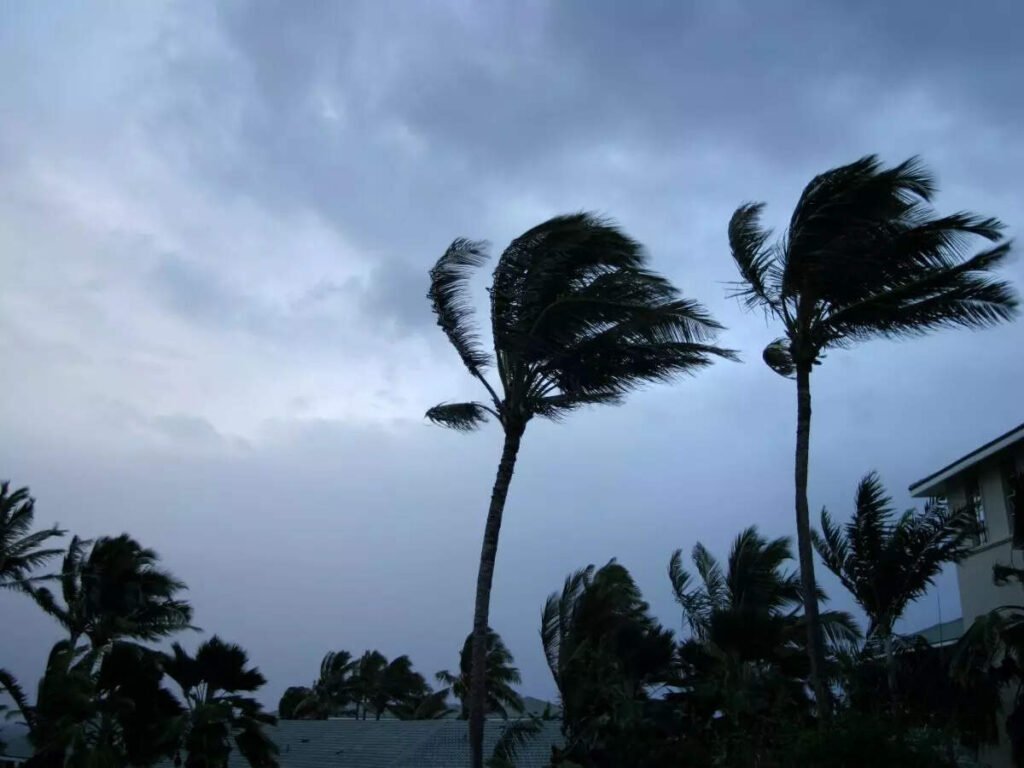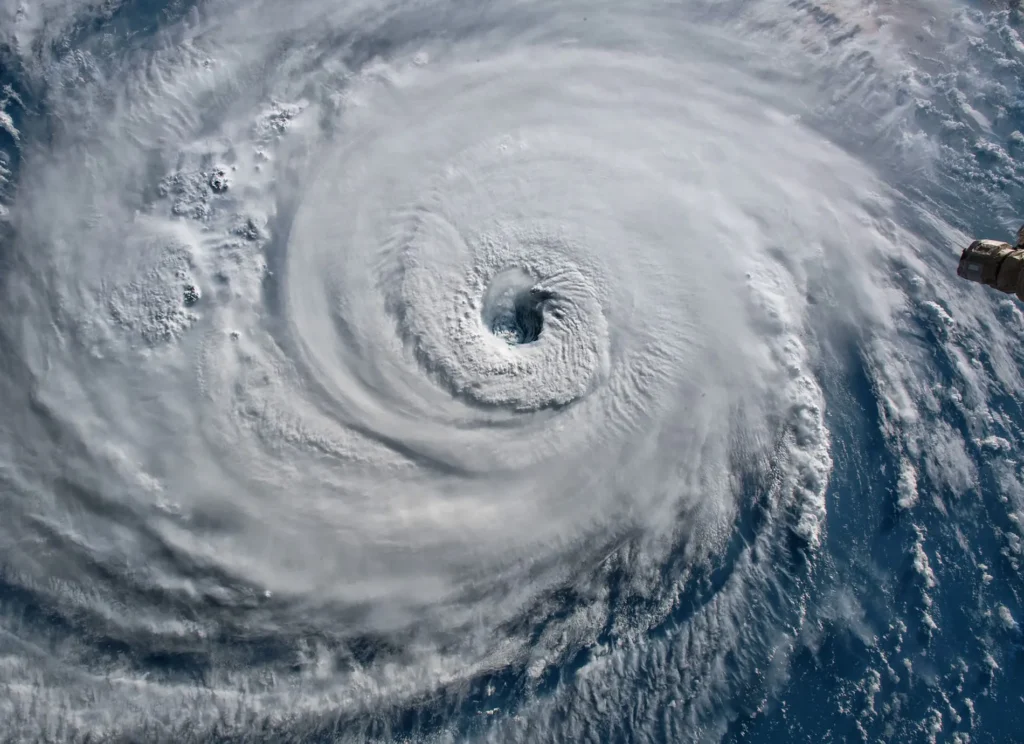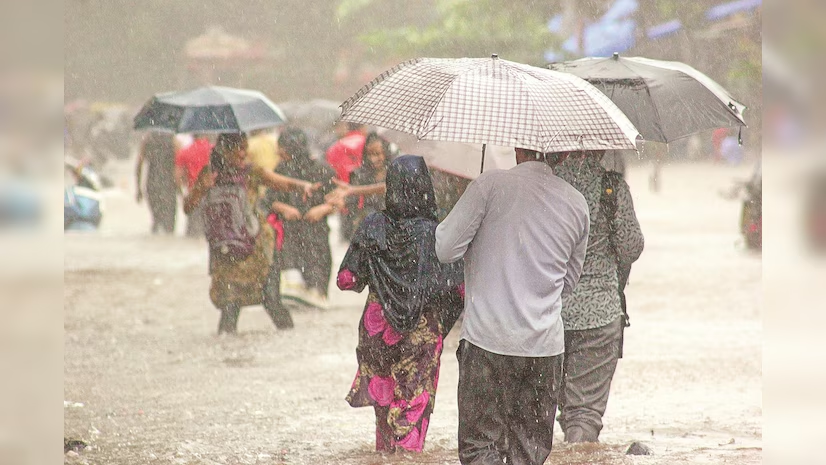Cyclone Shakti, a ferocious Category 4 tropical cyclone, has left a trail of destruction across the eastern coast of India and southern Bangladesh after making landfall late on May 30, 2025. The cyclone packed sustained winds of 190 km/h (118 mph), with gusts reaching over 220 km/h, accompanied by torrential rain and storm surges that swallowed entire villages.
Thousands have been displaced, transportation systems are paralyzed, and power and communication lines remain down across large swaths of affected areas. Authorities are calling it the most powerful storm to strike the Bay of Bengal since Cyclone Amphan in 2020, raising fresh concerns about the increasing intensity of tropical storms fueled by climate change.

Landfall and Impact Zone
Cyclone Shakti made landfall near Digha in West Bengal, India, before sweeping across the Sundarbans and pushing northward into Bangladesh’s Khulna and Barisal divisions. The storm’s massive eye—spanning over 50 kilometers—churned through densely populated areas, knocking down buildings, uprooting trees, and smashing fishing boats like twigs.
Massive storm surges inundated coastal areas, with waters reportedly rising up to 4 meters above normal tide levels. The low-lying islands of the Sundarbans bore the brunt, with dozens of embankments breached, allowing saline water to pour into farmland and freshwater ponds.
“We heard a deep, angry roar as the cyclone hit,” said Sagar Das, a resident of South 24 Parganas. “Roofs flew off like leaves. The wind was screaming all night.”
Evacuation and Emergency Measures
Thanks to early warning systems and coordinated government response, over 1.5 million people were evacuated in the 24 hours leading up to landfall. Emergency shelters across Odisha, West Bengal, and southern Bangladesh have been filled with evacuees, many of whom left behind homes and livestock.
India’s National Disaster Response Force (NDRF) and Bangladesh’s Cyclone Preparedness Programme (CPP) deployed thousands of personnel and volunteers in advance, issuing alerts through radio, mobile messages, and door-to-door communication.
While casualties remain low thanks to these efforts, reports confirm at least 19 deaths, primarily from falling debris, electrocution, and drowning. Several people are missing, and search and rescue operations are ongoing.
Infrastructure Crippled
Entire cities and towns have plunged into darkness. In Kolkata, power lines snapped, mobile towers collapsed, and metro services were suspended. Dhaka, while further inland, experienced heavy rainfall and localized flooding, snarling traffic and disrupting businesses.
Rail and air traffic have been heavily disrupted. The Netaji Subhas Chandra Bose International Airport in Kolkata suspended all operations for 36 hours, while Bangladesh’s Shahjalal International Airport reported delays and diverted flights.
Damages to crop fields, especially rice paddies and shrimp farms in the delta regions, are estimated in the hundreds of millions. The financial toll is expected to climb sharply in the coming weeks as assessments continue.
Climate Link: A Warmer Bay of Bengal
Meteorologists and climate scientists are sounding the alarm once again. Shakti rapidly intensified from a tropical depression to a severe cyclonic storm in less than 36 hours—faster than many models had predicted. This kind of rapid intensification is becoming more common in the Bay of Bengal, largely due to rising sea surface temperatures.
Dr. Leena Ghosh, a climate researcher at the Indian Institute of Tropical Meteorology, stated: “Cyclone Shakti is a textbook example of how warming oceans are turbocharging storms. The Bay of Bengal is now 1.2°C warmer than the 30-year average—and that’s enough energy to feed monsters like this.”
She also warned that unless drastic emission cuts are made and adaptation infrastructure is upgraded, the region will see stronger and more unpredictable storms in the near future.
Lessons from the Frontlines
Local governments and NGOs praised the evacuation efforts, noting how disaster preparedness has improved in recent years. However, they also highlighted persistent gaps: underfunded shelters, lack of sanitation facilities, and delays in aid reaching the most vulnerable.
In many rural areas, traditional thatched homes stood no chance against the cyclone’s fury. “We lost everything—our house, our goats, even our rice bags,” said Farzana Begum in Bangladesh’s Bagerhat district. “We are alive, but we have nothing left.”
Waterborne diseases are now a looming threat, especially in flooded regions where clean drinking water is scarce and sanitation systems are overwhelmed.
The Long Road to Recovery
Both Indian and Bangladeshi authorities have pledged emergency financial aid to affected families and initiated relief drives. However, with hundreds of thousands now dependent on food and water handouts, long-term recovery will hinge on infrastructure rebuilding, crop rehabilitation, and restoring livelihoods.
International aid agencies including the Red Cross and UNICEF have deployed response teams, and appeals for global support are underway.
A Region Under Siege
Cyclone Shakti is just the latest in a string of powerful cyclones to hit South Asia in recent years—Amphan (2020), Yaas (2021), and Mocha (2023) among them. Scientists warn that the cyclone corridor between the Bay of Bengal and the Arabian Sea is becoming increasingly volatile, with larger populations at risk.
“With rising sea levels and warmer oceans, cyclones will not only become more intense but also penetrate further inland,” said Dr. Ghosh. “What was once rare is now routine.”
Conclusion: After the Storm, Before the Next One
As the skies begin to clear and the floodwaters slowly recede, the people of eastern India and Bangladesh face a familiar yet harrowing reality—rebuilding, grieving, and bracing for what may come next.
Cyclone Shakti is a stark reminder that the climate crisis isn’t a future threat. It’s here, it’s now, and it’s relentless.

